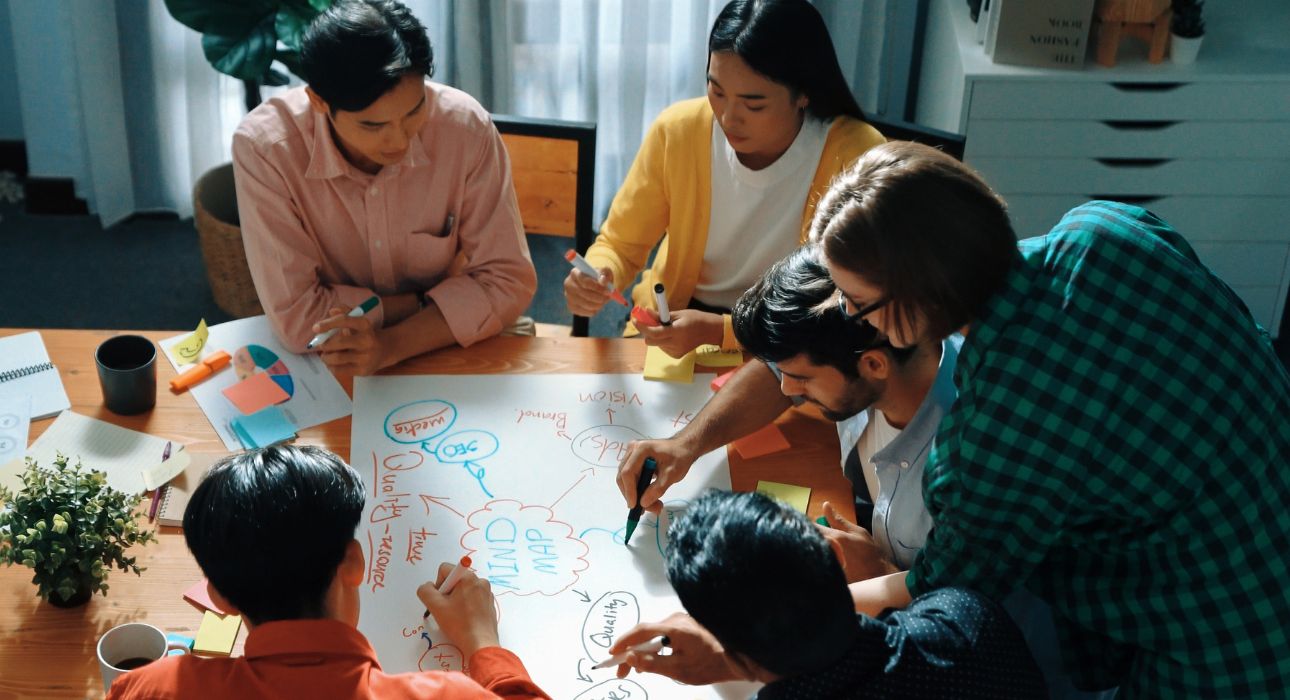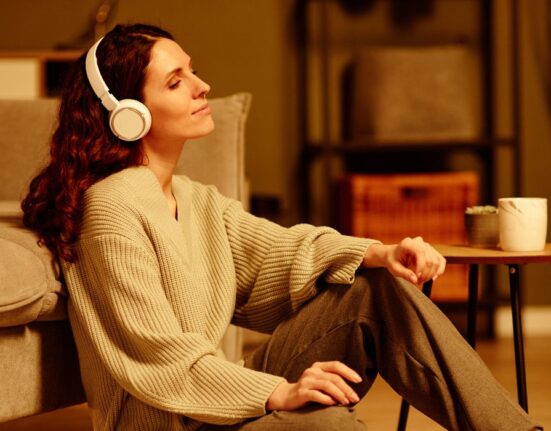In today’s largely interconnected world, connection is not just a catchphrase; it’s a biological and social necessity for the well-being of an individual. Humans have been social animals since the dawn of civilisation. From humans surviving in groups to modern teams in high-tech labs, the ability to work with others is deeply rooted in human consciousness. But what are the neuropsychological factors behind this phenomenon? Let’s dive deeper into this topic.
The Evolutionary Roots of Social Brains
1. Human beings are social animals
Evolution favoured traits which promoted social bonding, communication and co-operation. Early humans used to hunt in groups and share resources, and this increased their chances of survival in the wild and the passing down of genes. Over millions of years, this led to the development of the social brain.
Read More: Why are Human Beings called Social Animals?
2. What is the “ Social Brain Hypothesis”?
The Social Brain hypothesis was proposed by anthropologist Robin Dunbar. He suggested that our large neurocortex- the part of the brain responsible for higher-order thinking evolved to manage the complexities of social relationships. Dunbar believed that human beings can comfortably maintain social relations with 150 humans. This number aligns with the size of many traditional societies.
3. Feeling What Others Feel: Mirror Neurons
Empathy lies in the heart of group collaboration. The mirror neuron system is one of the neurological mechanisms that enables this feeling. Mirror neurons were first discovered in monkeys in the 1990s. These neurons are fired both when we perform an activity as well as when we observe someone performing an activity. They help us mirror the actions and emotions of others, creating an internal simulation of their experience. In human beings, this plays a major role in learning, emotional connections and communication. Mirror neurons help us to coordinate actions, ideas and solutions.
Read More: Mastering Effective Communication: Building Trust and Strong Relationships
4. The Reward of Working Together: The Social Brain Network
Neuroscience shows that working together activates the brain’s reward circuit. Our brain releases dopamine and oxytocin when we feel socially included. These chemicals are associated with pleasure, trust, and bonding. Oxytocin, also known as the love hormone, increases social bonding, making us more likely to share ideas and support others. Being called the motivation molecule of the brain, dopamine brings forth feelings of joy while accomplishing shared goals. This neurochemical feedback loop feeds our inner drive to cooperate and set rewards for good brain activity in a group situation.
Read More: The love hormone attributed to overcoming loneliness: Study
5. Collective Intelligence: More Than the Sum of Its Parts
Research shows that groups can possess a measurable intelligence just like an individual. It is known as collective intelligence. This group intelligence is not determined by the intelligence of individual members but rather by the quality of social interactions within the group. Studies reveal that group dynamics lead to higher collective intelligence.
When participating in group problem-solving activities, brain scans reveal increased connectivity between areas linked to perspective-taking and conflict resolution. In other words, the capacity for responding empathetically and managing social cues allows groups to do better than even the smartest individuals working alone.
Read More: Conflict Resolution Strategies and Skills
6. Language and the Brain
Communication is also an important element of collaboration. Our brain’s left hemisphere is primarily responsible for producing and comprehending speech. However, communication requires more than just speech. It includes tone, rhythms and other important factors. Many different parts of the brain, including the right hemisphere and the limbic system, process all these functions. MRI and EEG studies show that people engaging in meaningful conversations have similar brain activity. This leads to greater understanding and better teamwork.
Creativity and the Collaborative Brain
Creative ideas usually occur in groups rather than in isolation. For eg, brainstorming sessions in a group can activate the Default mode network or DMN of the brain. This region is linked to memories, creativity, and planning the future. The activation of this network in a social setting makes people think deeply and creatively.
1. Negative aspects: Cognitive Overload and Groupthink
Although there are major benefits to this collaborative process but it includes a few downsides too. It often leads to phenomena like Groupthink and cognitive overload. Groupthink refers to the phenomenon where people often believe the common consensus rather than think critically. This may lead to poor decisions. Cognitive overload occurs when too many people are included in a task without clear roles and communication. This leads to impaired performance.
Conclusion
The neuropsychology of collaboration shows an important aspect of humans: our brains are built for connection. From mirror neurons to dopamine boosts, working together activates some of the most advanced features of the human brain. An understanding of how our brains operate in group settings can help us design more effective teams, healthier workplaces, and smarter societies.
FAQs
1. Why are humans naturally inclined to work in groups?
Humans are inherently social beings due to evolutionary pressures. Early humans who cooperated in groups had better chances of survival, leading to the development of social brains wired for communication, empathy, and collaboration.
2. What is the Social Brain Hypothesis?
Proposed by Robin Dunbar, the Social Brain Hypothesis suggests that the human neocortex evolved primarily to handle complex social interactions. It also estimates that humans can comfortably maintain about 150 stable social relationships.
3. How do mirror neurons support group collaboration?
Mirror neurons fire both when we act and when we observe others doing it. They help us understand others’ emotions and intentions, fostering empathy and smoother coordination within teams.
4. What role do dopamine and oxytocin play in teamwork?
Dopamine is released when we achieve shared goals, creating a sense of reward. Oxytocin enhances trust and bonding. Both chemicals make social interactions more rewarding and increase motivation to collaborate.
Refreneces +
https://thelondonneurocognitiveclinic.co.uk/1446-2
https://pubmed.ncbi.nlm.nih.gov/39499958
https://www.fortinberrymurray.com/todays-research/how-brains-synchronize-during-cooperative-tasks













Leave feedback about this